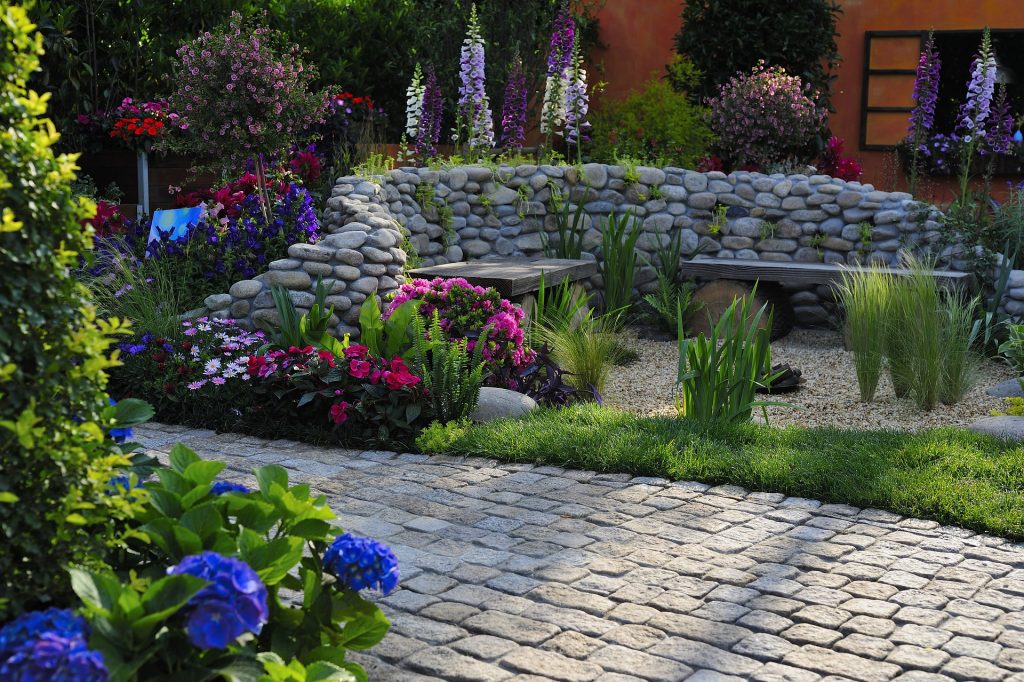There are two main elements that make up outdoor living spaces, hardscapes and softscapes. While these two categories are made of of vastly different components, they are both necessary to make a landscape fully functional.
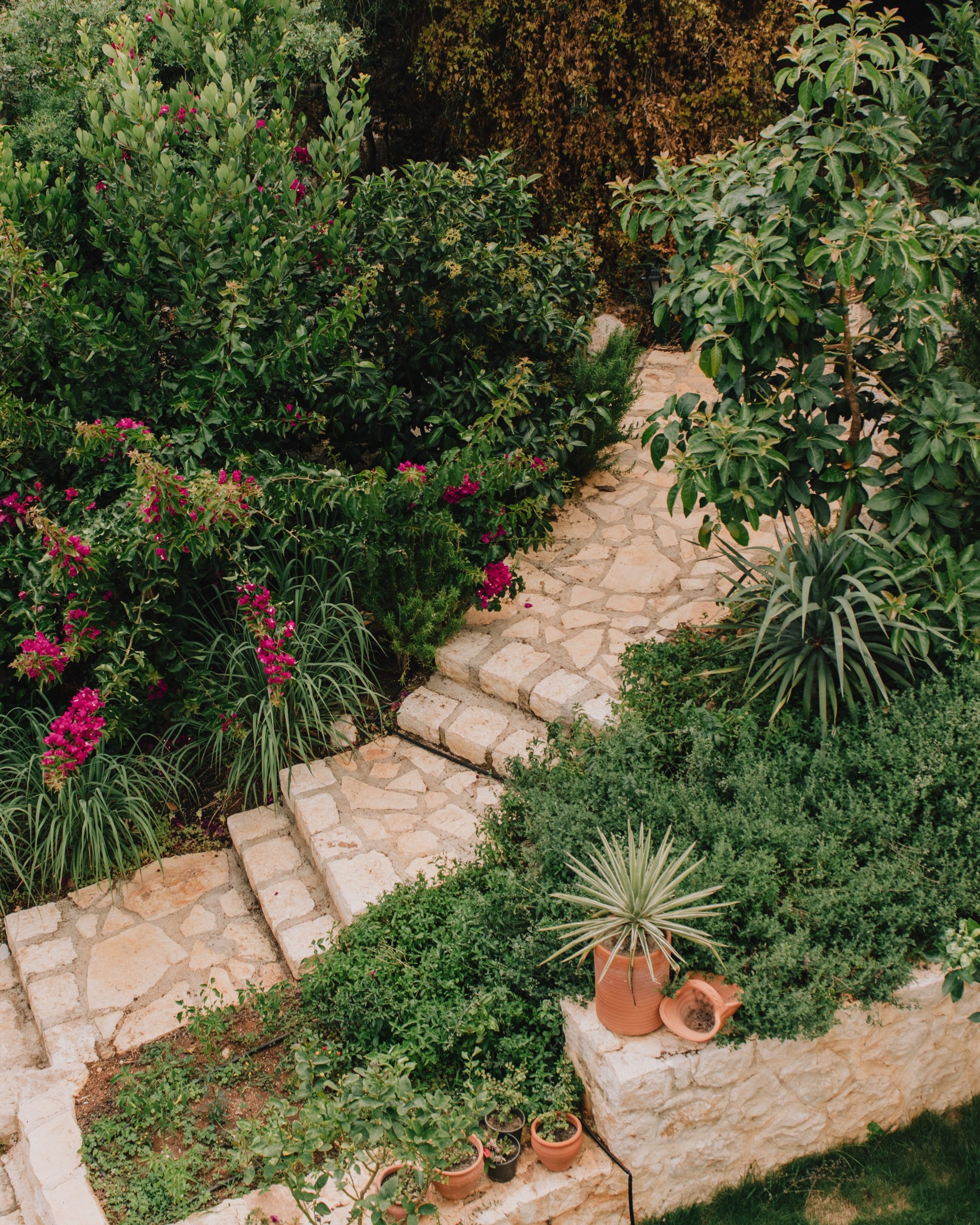
To better explain what they each are, hardscape is the hard stuff in your yard. Think concrete, bricks, rocks, and stone. Softscapes are the soft, growing things. Some examples include flowers, shrubs, succulents, and trees. Another way to think of it is that softscapes are living, hardscapes are not.
Hardscapes
Once you know the difference between the two, the characteristics of hardscapes make more sense. Among them include:
- Hard, yet moveable parts of the landscape
- Inanimate objects
- Solid and unchanging
Other examples of hardscapes include retaining walls, pavers, outdoor kitchen, water features, gazebos, decks, and driveways.
Softscapes
Plants are available in a variety of colors, shapes, sizes, and textures. When selecting softscapes:
- Consider these your living and growing components of your landscape. This can include flowers, shrubs, trees, ground covers, etc.
- They are softer to the touch literally. Think about touching the leaves of a tree or flower, they are soft.
- They change and evolve constantly. They grow and adapt to the climate and their conditions.
In an ideal world, a well-designed landscape incorporates a balance between these two elements. At Whispering Springs, we can assist you with both! For hardscapes, we offer several services including waterfalls, ponds, rock gardens, decks, retaining walls, walkways, and more! For softscapes, we offer perennial beds, seasonal color beds, landscape design including hardscapes and plantings, and deer-resistant plants. Contact us today to see how we can help your outdoor living space!



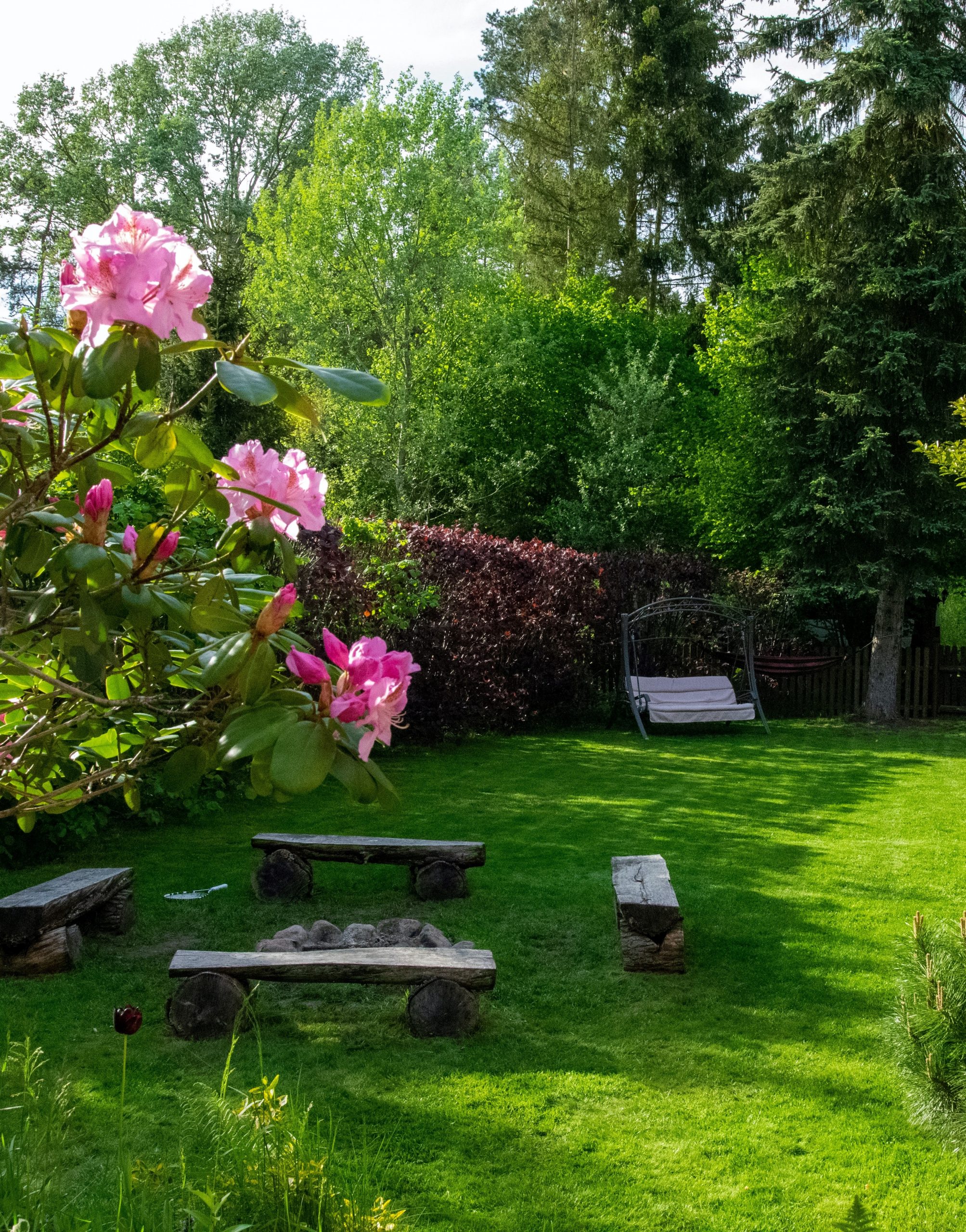
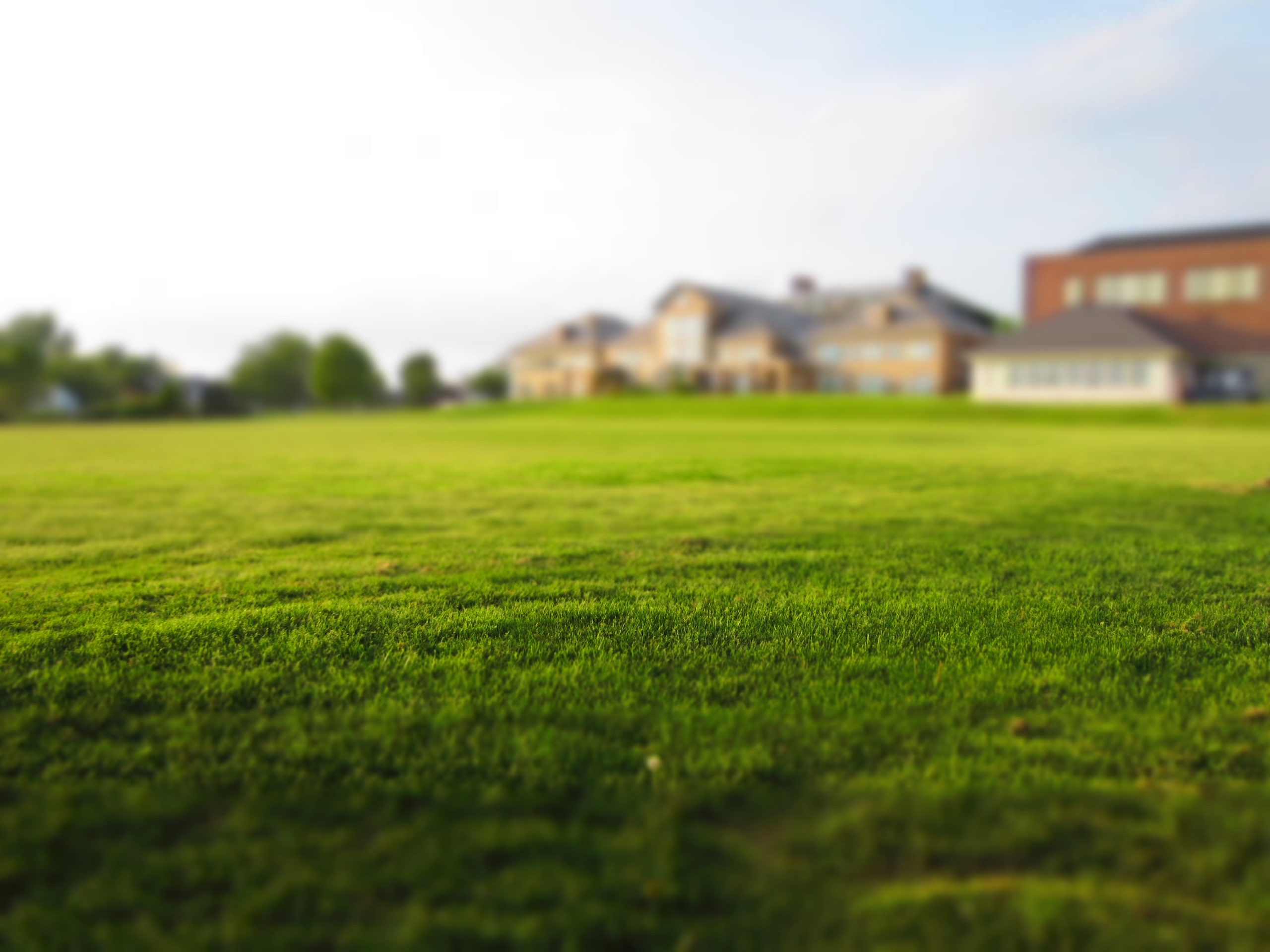
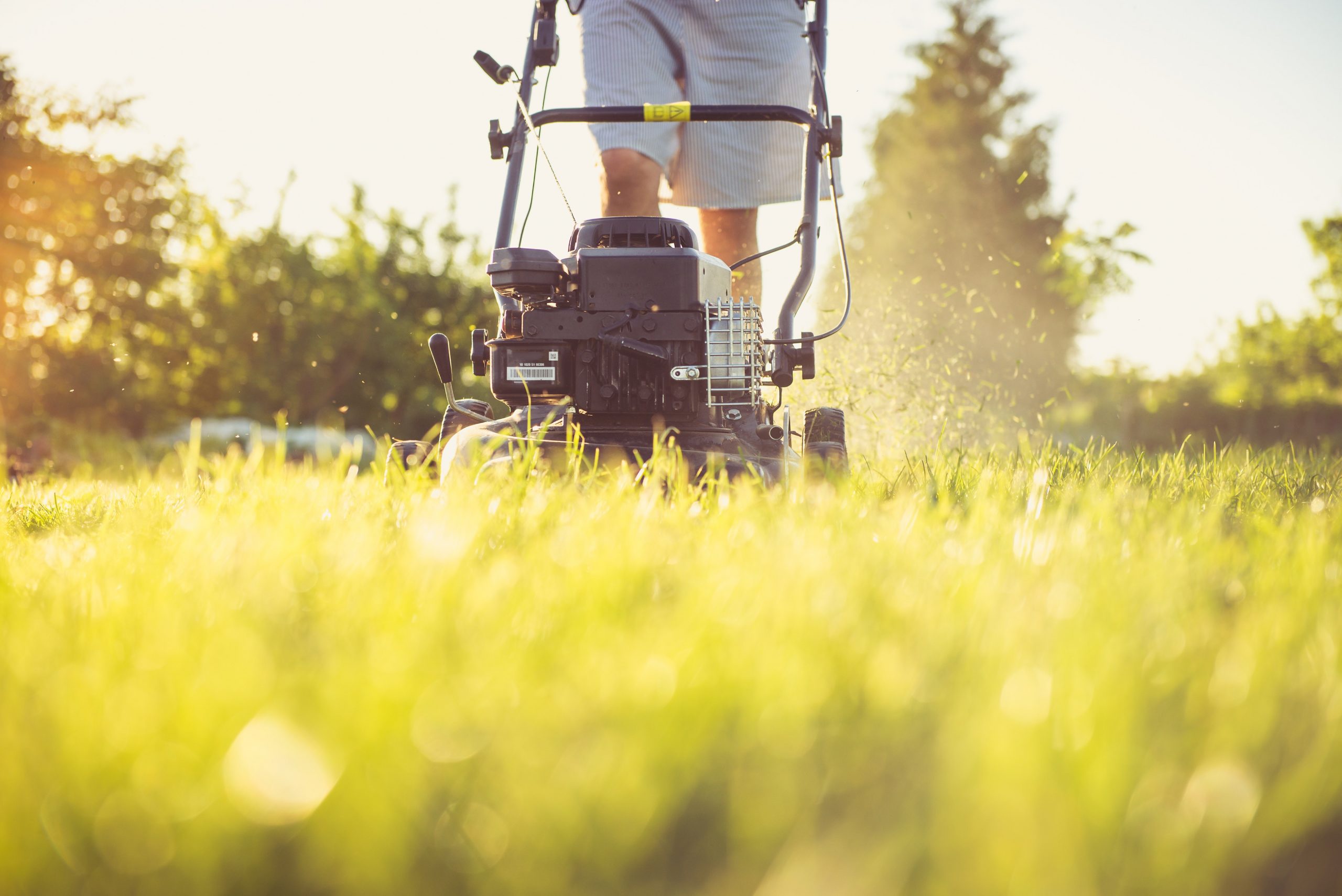

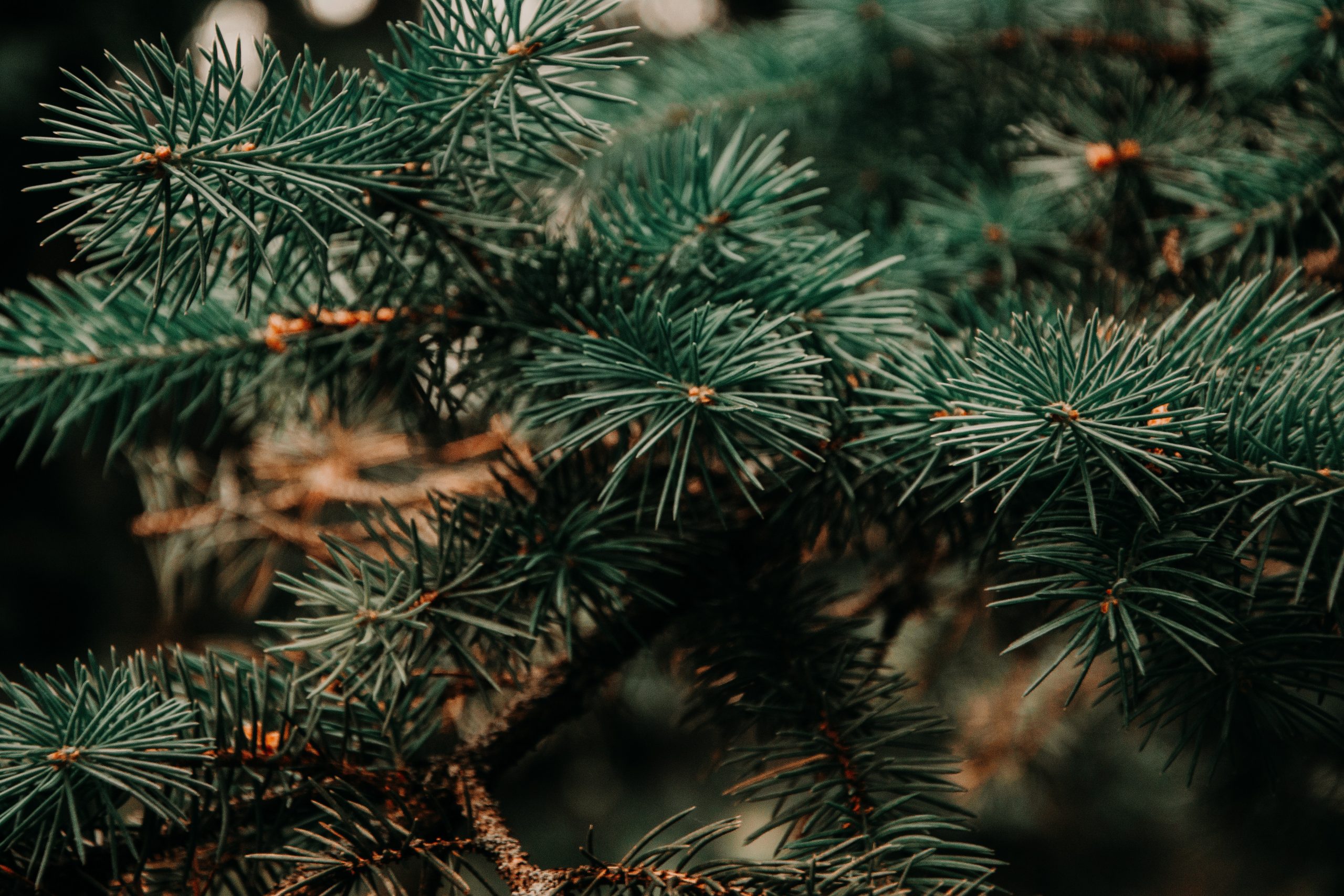

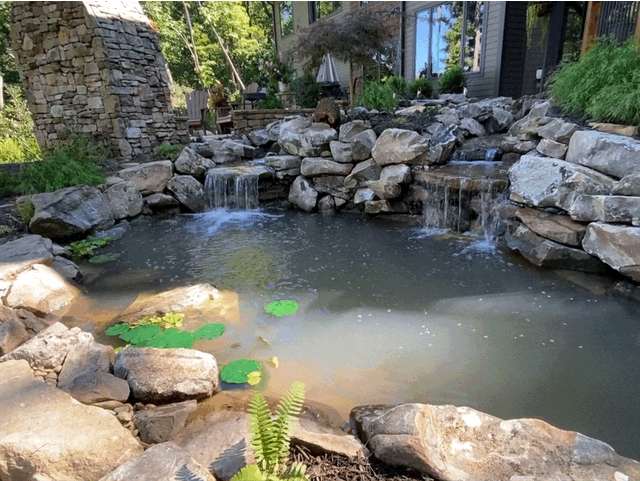
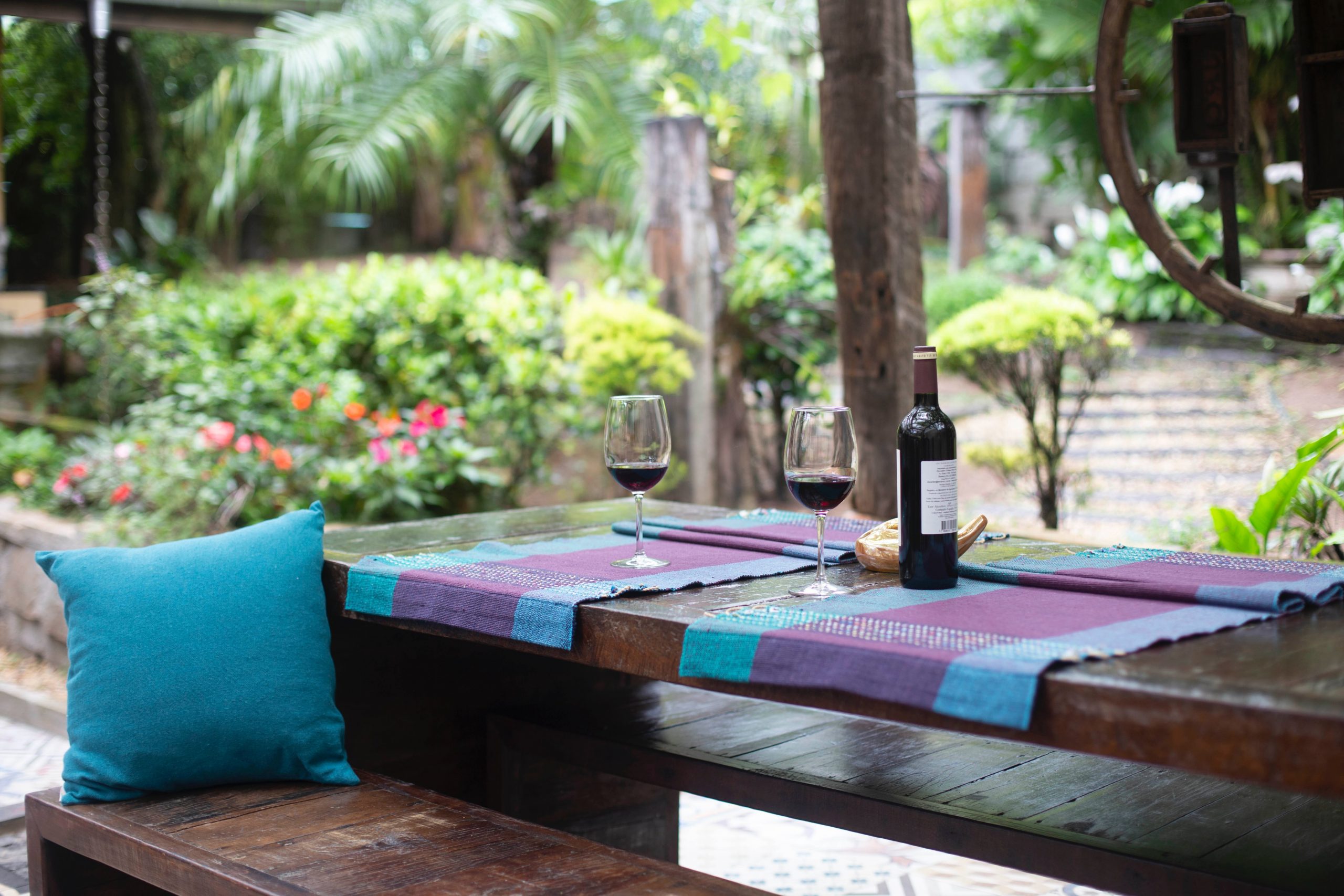 While midsummer temperatures in Georgia can be brutal, by the time late summer and fall roll around, the climate is perfect for outdoor relaxation. But is your yard living up to its potential as an extension of your home? Whether you want an outdoor space to lounge, entertain, cook, play, or some combination of those activities, we can help you bring your perfect yard to life with our
While midsummer temperatures in Georgia can be brutal, by the time late summer and fall roll around, the climate is perfect for outdoor relaxation. But is your yard living up to its potential as an extension of your home? Whether you want an outdoor space to lounge, entertain, cook, play, or some combination of those activities, we can help you bring your perfect yard to life with our 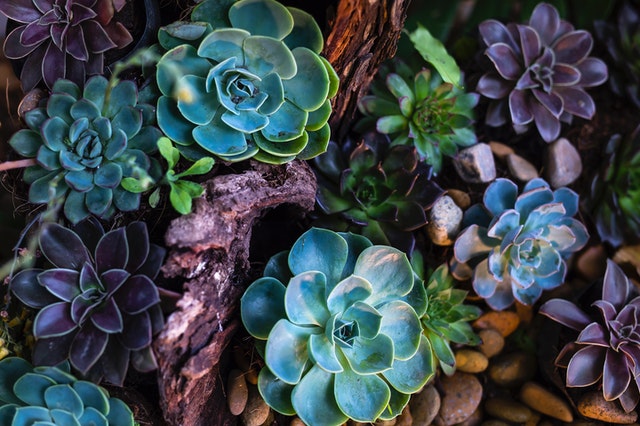 Succulents have been a big trend in the design world for several years now, and they don’t seem to be going anywhere any time soon. In addition to their stellar visual appeal, they also have a reputation for being hard to kill, and
Succulents have been a big trend in the design world for several years now, and they don’t seem to be going anywhere any time soon. In addition to their stellar visual appeal, they also have a reputation for being hard to kill, and 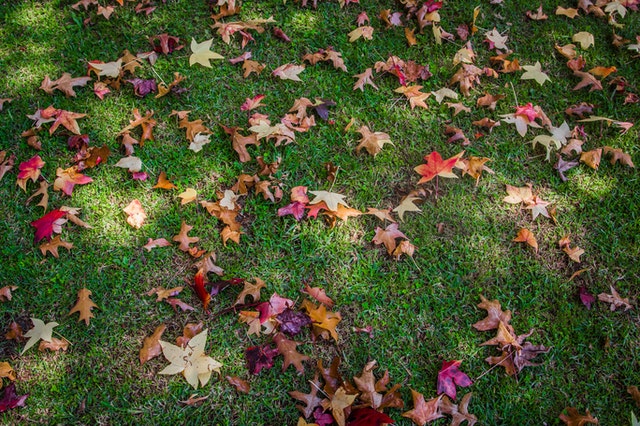 When it comes to
When it comes to 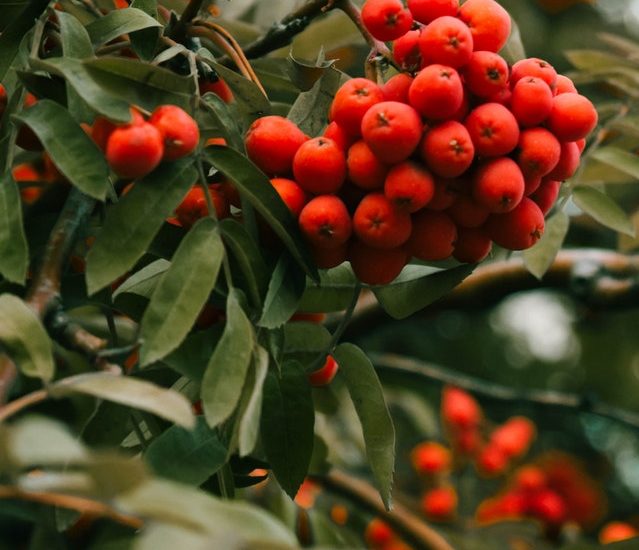 When deciding on the best plantings for a yard, it’s important to strike a balance between form and function—which plants will give you the look you want, and which plants best fit the environment as far as water and light needs, growth patterns, etc. There’s no such thing as the “perfect” landscaping… Just the perfect landscaping
When deciding on the best plantings for a yard, it’s important to strike a balance between form and function—which plants will give you the look you want, and which plants best fit the environment as far as water and light needs, growth patterns, etc. There’s no such thing as the “perfect” landscaping… Just the perfect landscaping 